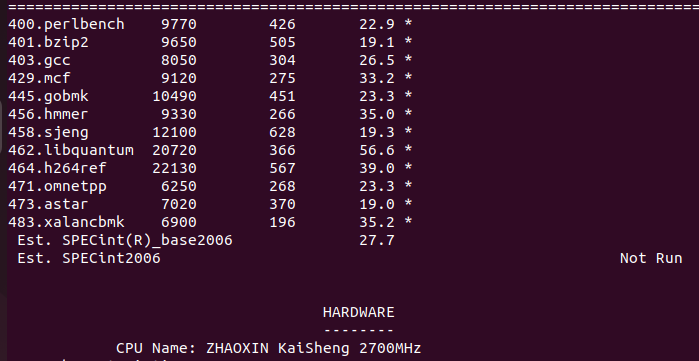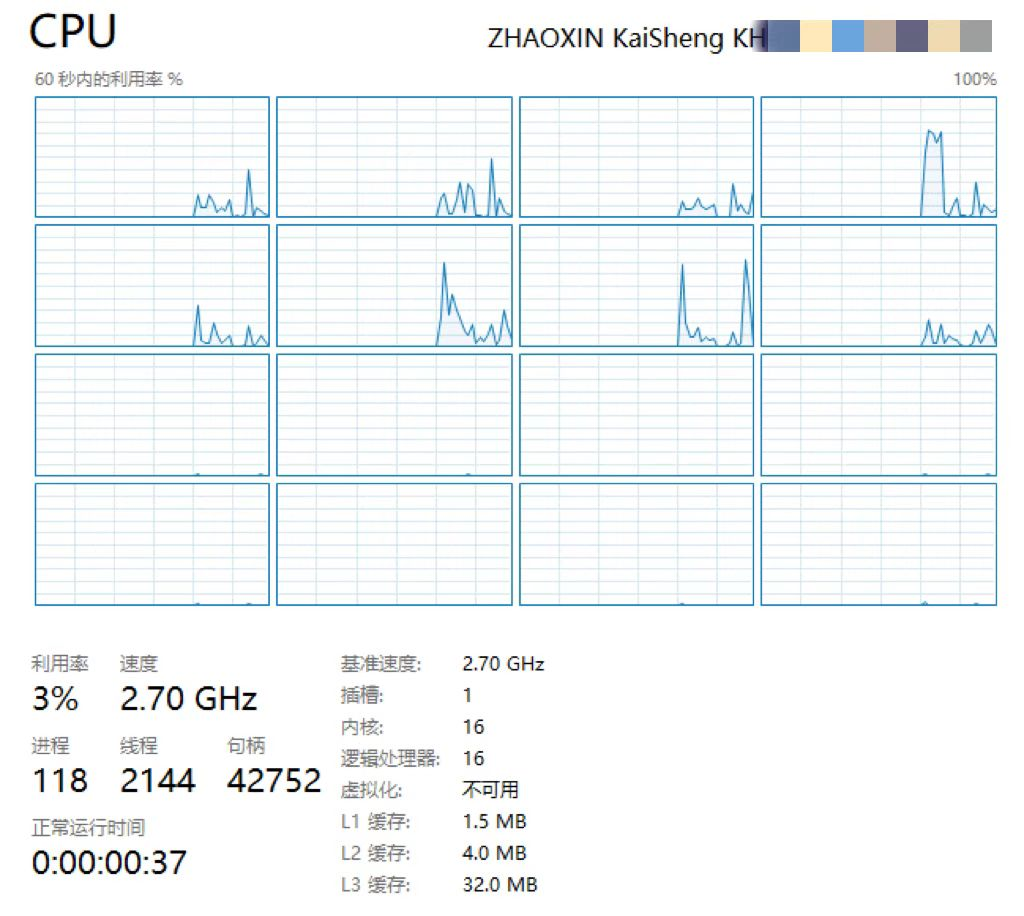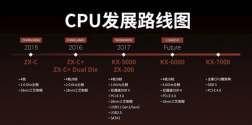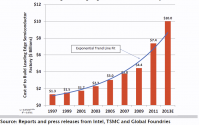Making domestic 450mm immersion is not practical at all. You can’t have the cake and eat it, too. It’s already difficult to make a 300mm immersion, you can’t go expect a 450mm immersion scanner and expect it to be ready by 2025.450 mm wafers with immersion DUV would be an interesting strategy. This would require further development of domestic etch and deposition equipment with bigger chambers, superior temperature control, larger precision parts like quartz, ceramic, stainless, etc. It would require 100% fully automated fabs unlike manual 200 mm and semi-automatic 300 mm fabs. This takes advantage of Chinese advances in robotics and 5G communications to relay large amounts of data. But it does not require the development of entirely new equipment like EUV lithography which is an advantage.
Some challenges for IDMs: many analog fabs stick with 200 mm because the equipment is mostly used, for cost, but there's also a technical reason: they have large product variety in mid sized volumes so they need the flexibility of a more manual, lower volume, higher customizability 200 mm line. They need 1 type of product to justify 450 mm wafer adoption (i.e. multichip DPUs)
Some challenges for foundries: they need a stable customer base that wants to use 450 mm wafers. To prevent wasted capability and overproduction there needs to be a consistent high volume customer or alternatively, an advance in multiproject wafers that allows for 2 different types of chips to be put on 1 wafer. That means advances in mask making and in ready IP blocks so multiple customers can use the same IP block on their products i.e. a ready made SRAM subsection or serial communications subsection.
For example, UPrecisuon, as of late last year was still unable to make a competitive immersion dual stage for 300mm wafers. Asking them to come up with a stage that could handle 450mm stage while maintaining the scan speed would be even less attainable.




